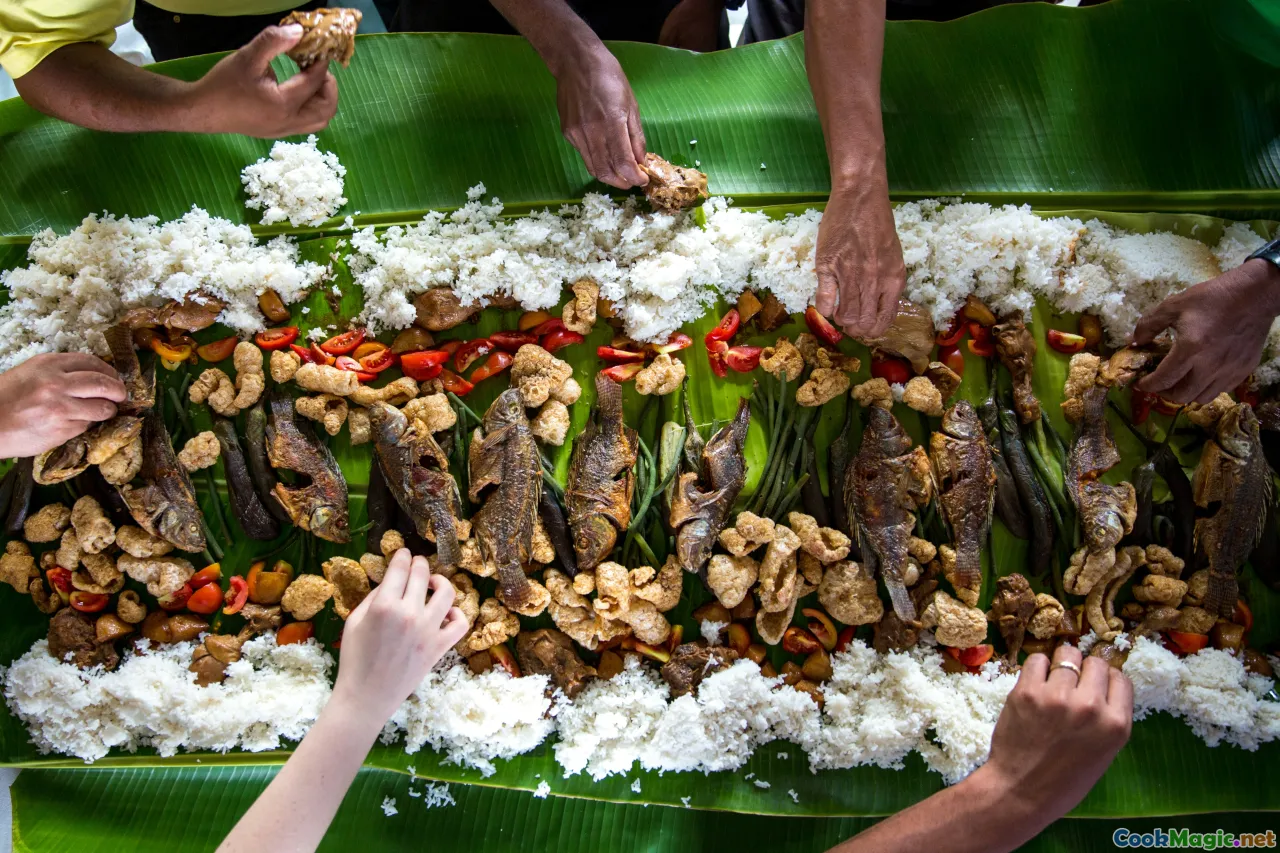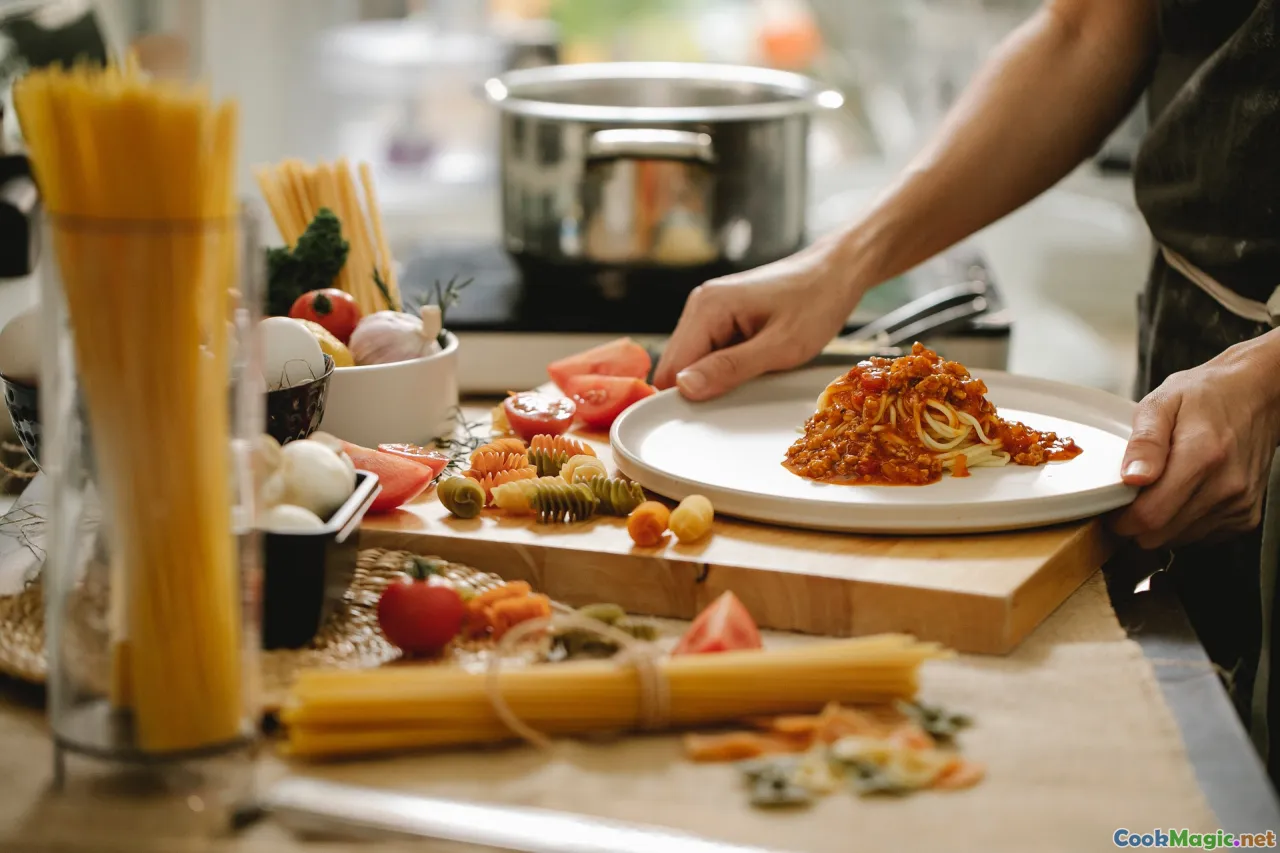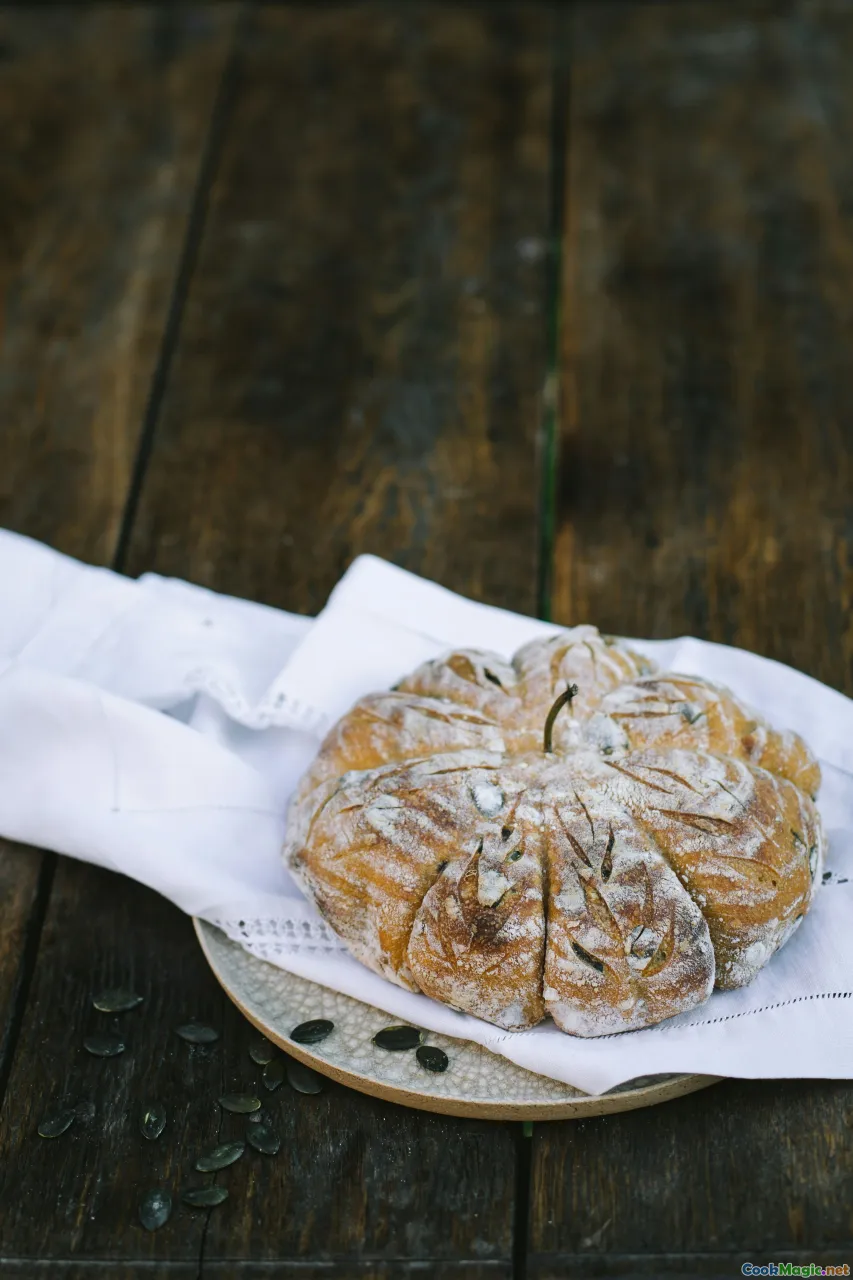The Influence of French Cuisine on Tahitian Food Culture
11 min read Exploring how French culinary traditions have shaped and enriched Tahitian food culture through history and contemporary practices. August 03, 2025 09:05
The Influence of French Cuisine on Tahitian Food Culture
Nestled in the heart of the South Pacific, Tahiti—a jewel of French Polynesia—has long been a melting pot of rich indigenous traditions and colonial influences. Among these, French cuisine's imprint is both subtle and profound, weaving its way into the fabric of local food culture in ways that resonate emotionally, historically, and sensorially.
Imagine the vibrant scent of freshly baked baguettes wafting through Tahitian markets as the ocean breeze, or the delicate precision of a French sauce accentuating the lush richness of local seafood—these culinary details tell a story of cultural convergence and shared identity. As a passionate culinary explorer, I’ve been captivated by how traditional Tahitian dishes are often elevated or intertwined with elements borrowed from France, creating a unique gastronomic tapestry that is both authentic and reinvented.
Let's embark on a flavorful journey exploring how French cuisine has subtly or boldly influenced Tahitian culinary traditions—shaping tastes, techniques, and cultural perceptions across generations.
Historical Roots: From Colonization to Culinary Symbiosis

The deep imprint of French influence on Tahitian cuisine stems from Tahiti's colonization by France in the late 19th century. This era marked a profound cultural exchange—government, language, architecture, and significantly, food practices collaborated from France’s extensive culinary repertoire.
French sailors, traders, and missionaries introduced local communities to ingredients like baguette, cheese, and wine. Conversely, Tahiti’s abundant tropical fruits, seafood, and root vegetables inspired French chefs to adapt and create melded dishes. Over time, what started as colonial imports became part of local celebrations and daily meals, forging a hybrid culinary identity.
For example, the humble baguette found its way into breakfast on the island, often served alongside tropical jams or local honey, creating a contrasting harmony between crisp, airy bread and fragrant sweetness. Meanwhile, French pastries like croissants and éclairs are now as common in local bakeries as traditional bread—each bite telling a history of cultural convergence.
French Culinary Techniques in Tahitian Kitchens

Many Tahitian cooks naturally adopted French culinary techniques, partly due to the practicality of techniques like sautéing, braising, or sous-vide, which lent themselves well to local ingredients and cooking methods.
One common example is the use ofsauce verte or sauce vierge to complement fresh seafood—techniques stripped straight from French cookbooks that have been localized with tropical herbs such as ginger and turmeric. Similarly, French methods of marinating and grilling have been seamlessly integrated into traditional preparations of fish likepoissons cru (Tahitian raw fish salad), where lime juice and coconut milk mimic the acidity and flavor complexity of French vinaigrettes.
Culinary schools and local chefs often incorporate French classics into their mastery, elevating humble ingredients like taro, breadfruit, or octopus with French-inspired presentation and techniques—showcasing how adapted skills can create sophisticated, flavorful dishes.
Fusion Dishes: A Celebration of Hybrid Flavors

Few aspects of Tahitian cuisine exemplify French influence better than fusion dishes—culinary marriages blending native ingredients and French culinary finesse to craft memorable flavors. Take the renowned Poisson Cru à la Tahitienne—traditionally marinated raw fish with lime and coconut—but contemporary chefs often dress it with a drizzle of saffron-infused oil or serve it in French-style tart shells, transforming it into a fusion appetizer.
Another striking example is the French-inspired Magret de Canard (duck breast) served with a tropical fruit reduction—papaya and guava—highlighting how French techniques like pan-searing and creating rich sauces beautifully complement Tahiti’s abundant fresh produce.
Many local restaurants in Papeete now serve Bouillabaisse Polynésienne, a surf-and-turf seafood stew flavored with local spices and herbs, echoing the Provençal classic but flavored with what the island offers—think lemongrass, ginger, and lime.
Traditional Tahitian Dishes with French Twists

French influence isn’t limited to new creations; it’s embedded within the refinement and presentation of traditional dishes. For example, the Po’e, a traditional Polynesian fruit pudding, often gets a sophisticated French touch—garnished with whipped cream or layered in a monté (small tower) for special occasions.
Similarly, the Tahitian ma’a Tahiti (barbecue) frequently takes on a French flair with classic marinades like herbes de Provence and includes French-style sides such as ratatouille or gratin vegetables.
The use of French cheese, a rarity in local cuisine, has also carved out a niche—think of combining locally smoked fish with Brie or Camembert for a rich, melt-in-the-mouth experience. This cross-pollination elevates familiar flavors, making every bite a cultural story.
The Role of French Pastry and Baked Goods in Tahiti

The influence of French pâtisserie is palpable in Tahiti’s bakeries and cafes. Flaky croissants, buttery pain au chocolat, and delicate tarte tatin are now staples at local markets and breakfast tables.
One personal favorite is the tarte aux bananes, a simple French tart layered with caramelized bananas and served with a dollop of whipped cream—pure comfort, layered with memories of French mornings and island breezes.
French baking techniques—lamination, creating silky custards, and perfect pie crusts—are now taught in local culinary schools, ensuring the tradition continues. Their presence in Tahiti’s food culture captures an ongoing dialogue between colonial history and local adaptation.
Culinary Tourism and the French Polynesian Experience

Tourists searching for authentic Tahitian cuisine are often enchanted by the fusion of French and Polynesian influences. Food festivals celebrating both the islands’ traditions and French heritage—such as the Heiva i Tahiti—offer vibrant displays of food, music, and dance.
Culinary tours often emphasize the role of French techniques in local dishes, guiding visitors through markets blending tropical fruits, artisan cheeses, freshly baked bread, and French-style pastries. Gourmet restaurants in Papeete serve menus where French classics are reimagined with island flair—fleshy lobster with saffron risotto, duck confit with sweet potato purée, or French-inspired seafood platters with a Polynesian twist.
Personal Reflections and Future Directions

Having explored Tahiti's culinary landscape, I’m continually struck by the fluidity between French tradition and Polynesian soul. This culinary symbiosis pays homage to history while boldly forging new paths rooted in local ingredients and innovative techniques.
As global cuisine evolves, so does Tahiti’s. Chefs are now experimenting with molecular gastronomy, sous-vide cooking, and locally inspired pairing menus—highlighting the ongoing dialogue between French culinary precision and the vibrant, tropical essence of Tahiti.
The future of Tahitian food culture appears to be one of respectful innovation—where French technique elevates indigenous ingredients and stories, creating a cuisine that is as emotionally rich as it is gastronomically exciting.
In every plate, there’s an enduring tale of connection—where history, culture, and taste intertwine in a dance as timeless as the waves crashing against Tahiti’s shores.
Whether you’re a culinary explorer or someone simply enchanted by the flavors of the South Pacific, understanding the influence of French cuisine offers deeper appreciation for Tahiti’s vibrant, evolving food culture—where every dish whispers stories of shared history and creative harmony.









